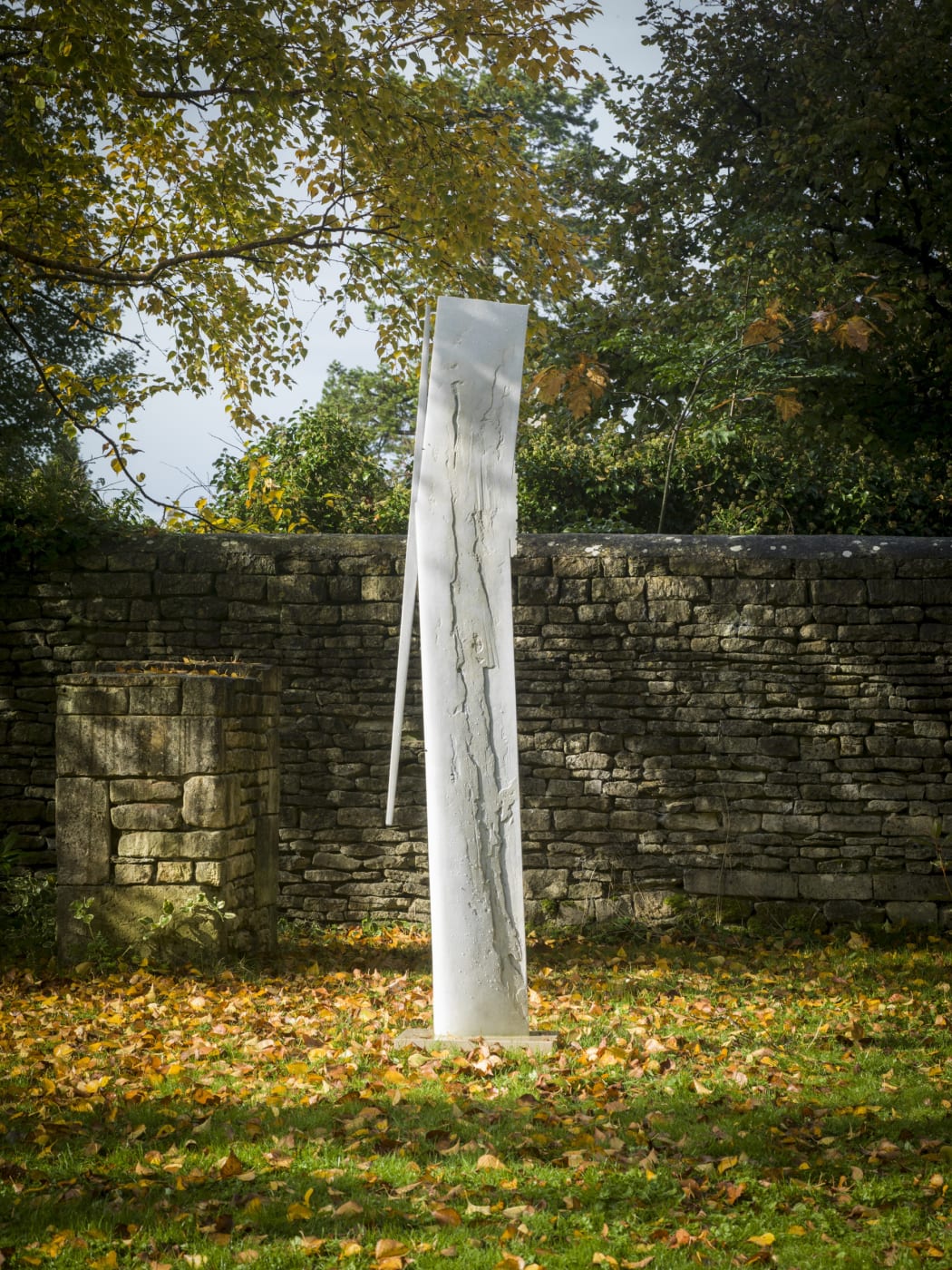
PLACEMENT
Lynn Chadwick who created his own personal sculpture park believed sculpture should enhance a landscape and the landscape should enhance the sculpture. Placement is critical and volume and scale are essential considerations for placing a sculpture outside.
Wide open spaces can be difficult as even a monumental sculpture can be dwarfed by open horizons. Try to position with a scale reference, for example figurative sculpture often works well in more intimate spaces whereas big, bold, abstract works tend to require more space. Sculpture can add a focal point or lead the eye to a particular area of the garden you'd like to emphasise. It can lift a dull area or compliment a busy one.
If you already have a strong architectural design or a bold planting scheme (that is likely to stay!) choose a work that initiates a conversation and compliments the design both in form, colour and texture. Sight lines are also key so make sure you've considered all your approaches.
TIP: draw a few sketches of potential locations - it doesn't matter how scruffy they are it's more the mental exercise of having to think about relative scale and by sketching you'll do it almost subconsciously. If you don't like drawing print out a few photos and draw the outline of the work on top. Alternatively you can send us a photo and we can make suggestions and make a render for you of the sculpture in situ.
ORIENTATION
Beware the third dimension! It is all very well planning in two dimensions but you can only really tell what a sculpture will look like once it is in situ. Orientation of the sculpture either on a plinth or freestanding is crucial so make sure you are there for the installation and can check all the viewpoints before you settle on a final position.
BACK DROP
Whilst sculpture is very good at 'inhabiting a space' a fine delicate piece will be lost against a busy background. When placing a work try to think of the background in all seasons. For example if it's a smaller work on a low plinth is it going to get consumed with shrubs in the spring/summer and would it benefit from being on a taller plinth.
PRESENTATION
Plinths, like picture frames, can make or break how your sculpture is viewed so don't underestimate their importance if you need one. The height and volume of a plinth is crucial for making sure you 'read' the sculpture to its best advantage. Plinths can be made from a variety of materials from bronze to rough hewn railway sleepers depending on context and budget.
MAINTENANCE
Depending on the material most sculpture placed outdoors will require a little maintenance from time to time. Bronzes for example will require re-waxing to maintain the patination whereas painted surfaces will occasionally need washing down with warm soapy water.
TIP: To stop overzealous strimmers damaging your plinth or your sculpture add a border of gravel or stone chippings around the base.
INSTALLATION
We would always recommend that large works are installed by professionals as they will make sure the right lifting equipment is used and will limit the damage that could occur to your sculpture or your garden. Bear in mind access routes, widths, door frames and steps.
SECURITY & SAFETY
Security and safety are very important. Bolt down works where possible to their plinths or footings for both security and safety in high winds. Footings are particularly important for heavy works as subsidence can be an issue.